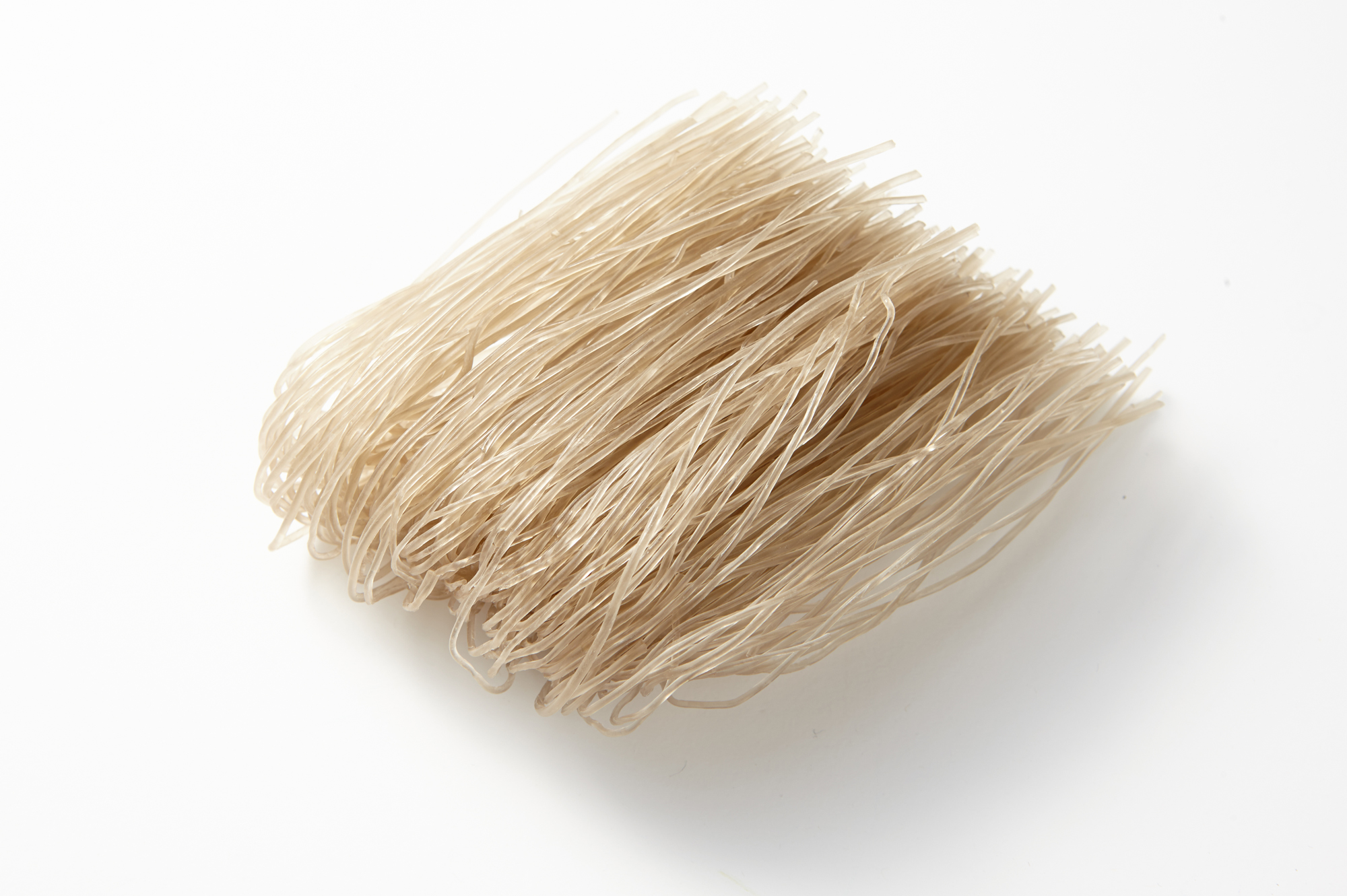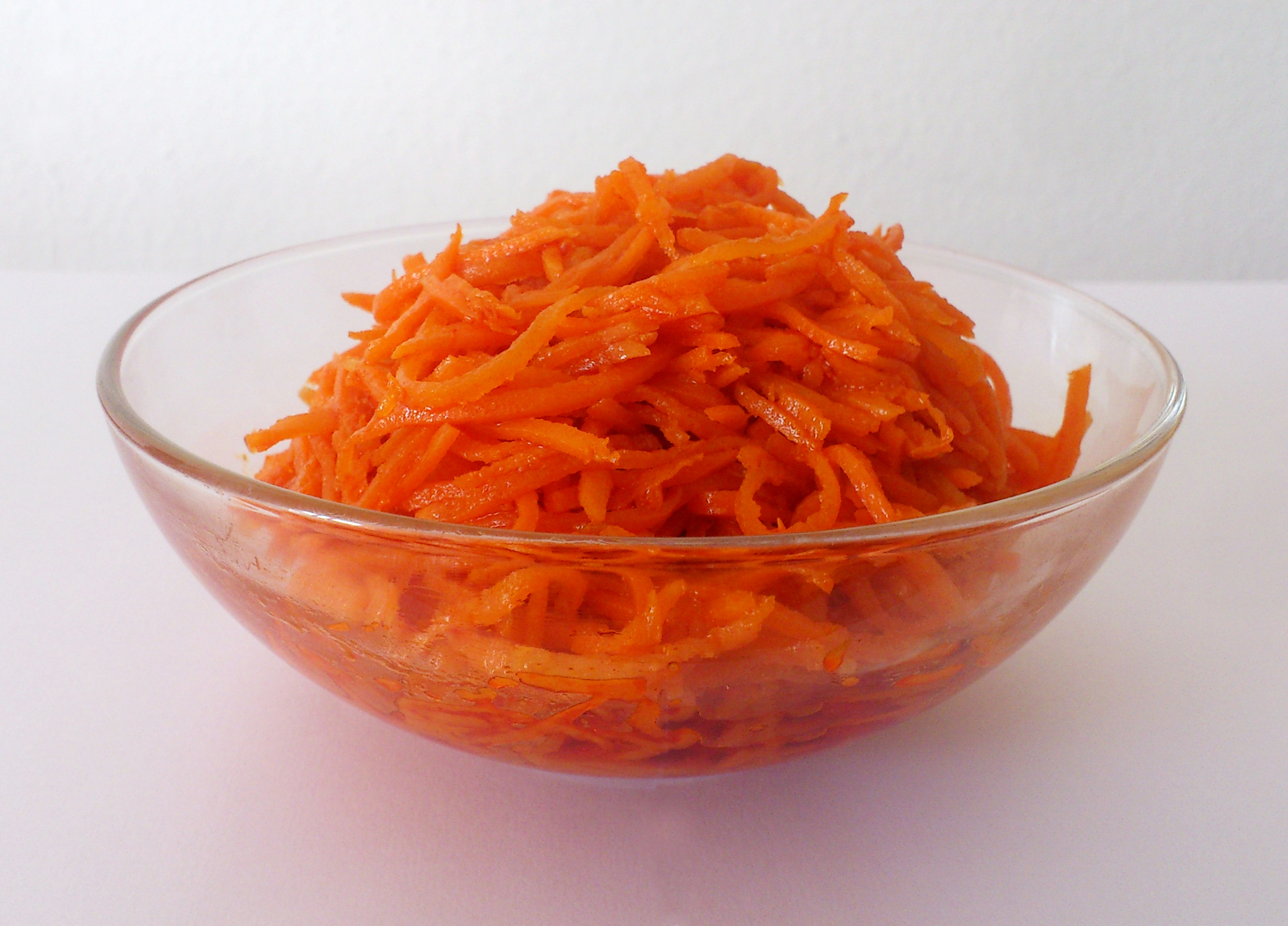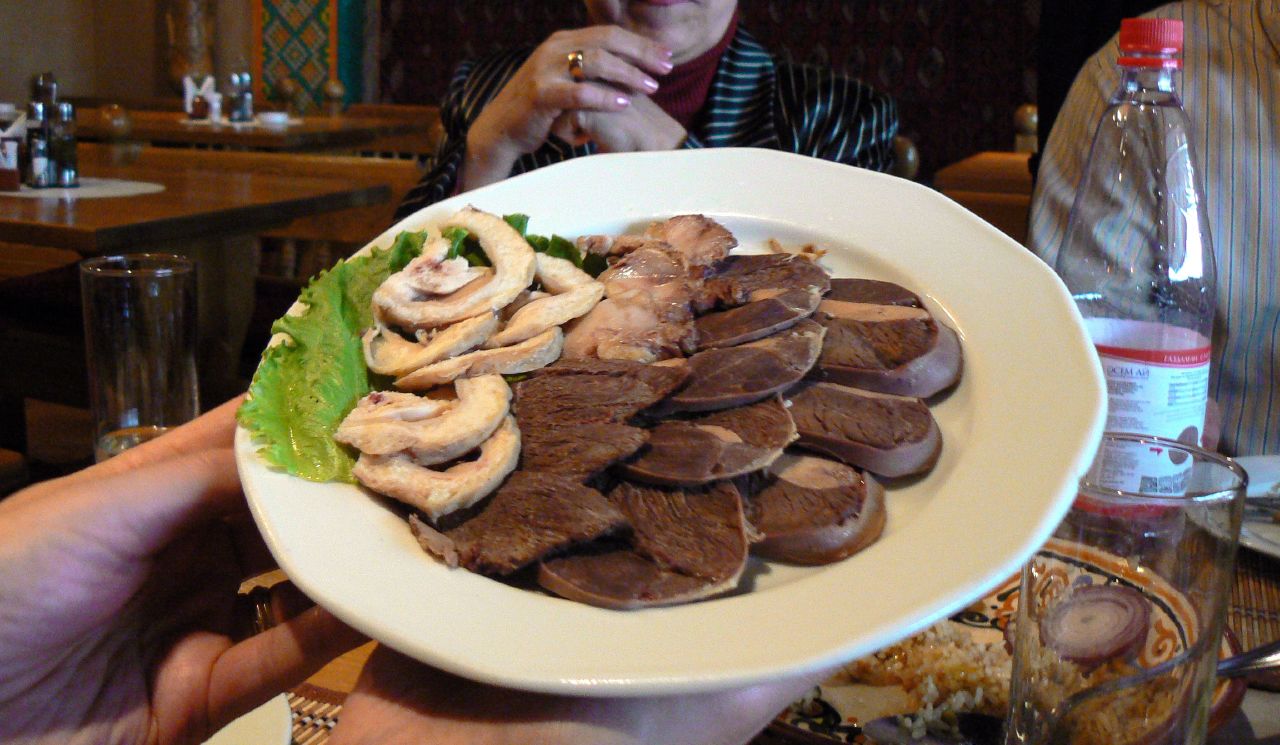|
Funchoza
''Funchoza'' (; ) or ''salat funchoza'' (; ) is a dish in Koryo-saram cuisine. It is variant of the Korean dish ''japchae'', created by the Koryo-saram: a group of the Korean diaspora of the former Soviet Union. The dish, along with Korean and Koryo-saram cuisine in general, has achieved popularity in Uzbekistan, where there is a relatively high concentration of Koryo-saram. Description Like with ''japchae'', cooked cellophane noodles () form the base of the dish, although unlike ''japchae'', ''funchoza'' is consistently expected to be served at room temperature or cold. The recipe is relatively flexible otherwise; various other vegetables, seasonings, and optionally meats can be mixed in with the cooled noodles. Popular seasonings include soy sauce and sesame oil. Gallery See also * ''Morkovcha ''Morkovcha'' (, ; Koryo-mar: ; Russian: ), also known as Korean-style carrots; or Korean carrot salad, is a spicy marinated carrot salad. It is a dish in Koryo-saram cuis ... [...More Info...] [...Related Items...] OR: [Wikipedia] [Google] [Baidu] |
Koryo-saram Cuisine
Koryo-saram are ethnic Koreans of the Post-Soviet states, former Soviet Union. They have a distinct style of cuisine that is descended from Korean cuisine and influenced by the cuisines of various countries they have lived in. They are often considered distinct from Sakhalin Koreans, another Korean group from the former Soviet Union Sakhalin Korean cuisine, that has their own cuisine. The cuisine has achieved significant popularity throughout the former Soviet Union, with dishes like ''morkovcha'' widely available in grocery stores. However, to the reported surprise of some visitors from Russia, the cuisine is virtually unknown in South Korea. It is also considered by some to differ from South Korean cuisine significantly, especially as it descends primarily from the cuisine of regions now in North Korea. Description Of Korean regional cuisines, Koryo-saram cuisine is most closely related to that of the Hamgyong Province, Hamgyong provinces, now in North Korea. This is because ... [...More Info...] [...Related Items...] OR: [Wikipedia] [Google] [Baidu] |
Koryo-saram
Koryo-saram (; ) or Koryoin () are ethnic Koreans of the post-Soviet states, former Soviet Union, who descend from Koreans that were living in the Russian Far East. Koreans first began settling in the Russian Far East in the late 19th century. Their numbers increased as Koreans fled the Korea under Japanese rule, Japanese colonization of Korea beginning in 1910. A number of Koryo-saram became significant List of Korean independence activists, Korean independence activists, such as Hong Beom-do and Chŏng Sangjin. In 1937, Deportation of Koreans in the Soviet Union, they were all deported to Central Asia. They have since dispersed throughout the former Soviet Union, with significant populations in Siberia, Uzbekistan, and Kazakhstan. Approximately 500,000 Koryo-saram reside in the former Soviet Union, primarily in the now-independent states of Central Asia. There are also large Korean communities in Southern Russia (around Volgograd), the Russian Far East (around Vladivostok), th ... [...More Info...] [...Related Items...] OR: [Wikipedia] [Google] [Baidu] |
Soviet Union
The Union of Soviet Socialist Republics. (USSR), commonly known as the Soviet Union, was a List of former transcontinental countries#Since 1700, transcontinental country that spanned much of Eurasia from 1922 until Dissolution of the Soviet Union, it dissolved in 1991. During its existence, it was the list of countries and dependencies by area, largest country by area, extending across Time in Russia, eleven time zones and sharing Geography of the Soviet Union#Borders and neighbors, borders with twelve countries, and the List of countries and dependencies by population, third-most populous country. An overall successor to the Russian Empire, it was nominally organized as a federal union of Republics of the Soviet Union, national republics, the largest and most populous of which was the Russian SFSR. In practice, Government of the Soviet Union, its government and Economy of the Soviet Union, economy were Soviet-type economic planning, highly centralized. As a one-party state go ... [...More Info...] [...Related Items...] OR: [Wikipedia] [Google] [Baidu] |
Korean Cuisine
Korean cuisine is the set of foods and culinary styles which are associated with Korean culture. This cuisine has evolved through centuries of social and political change. Originating from ancient Prehistoric Korea, agricultural and nomadic traditions in Korea and southern Manchuria, Korean cuisine reflects a complex interaction of the natural environment and different cultural trends. Korean cuisine is largely based on rice, vegetables, seafood and (at least in South Korea) meats. Dairy is largely absent from the traditional Korean diet. Traditional Korean meals are named for the number of side dishes () that accompany steaming, steam-cooked short-grain rice. Kimchi is served at nearly every meal. Commonly used ingredients include sesame oil, (fermented bean paste), Korean soy sauce, soy sauce, salt, garlic, ginger, (chili pepper, pepper flakes), (fermented red chili paste) and napa cabbage. Ingredients and dishes vary by province. Many regional dishes have become nat ... [...More Info...] [...Related Items...] OR: [Wikipedia] [Google] [Baidu] |
Cellophane Noodles
Glass noodles, or fensi (), sometimes called cellophane noodles, are a type of transparent noodle made from starch (such as mung bean starch, potato starch, sweet potato starch, tapioca, or canna (plant), canna starch) and water. They originated in China. A stabilizer such as chitosan or alum (illegal in some jurisdictions), may also be used. They are generally sold in dried form, soaked to reconstitute, then used in soups, stir-fried dishes, or spring rolls. They are called "cellophane noodles" or "glass noodles" because of their cellophane- or glass-like transparency when cooked. Cellophane noodles should not be confused with rice vermicelli, which are made from rice and are white in color rather than clear (after cooking in water). Varieties Cellophane noodles are made from a variety of starches. In China, cellophane noodles are usually made of mung bean starch or sweet potato starch. Chinese varieties made from mung bean starch are called Chinese vermicelli, bean threads, ... [...More Info...] [...Related Items...] OR: [Wikipedia] [Google] [Baidu] |
Japchae
''Japchae'' () is a savory and slightly sweet dish of stir-fried cellophane noodles, glass noodles and vegetables that is popular in Korean cuisine. * ''Japchae'' is typically prepared with ''dangmyeon'' (), a type of cellophane noodles made from sweet potato starch; the noodles are mixed with assorted vegetables, meat, and mushrooms, and seasoned with soy sauce and sesame oil. Once a Korean royal court cuisine, royal dish, japchae is now one of the most popular traditional celebration dishes, often served on special occasions, such as weddings, birthdays (especially ''Doljanchi, dol'', the first birthday, and ''hwangap'', the sixtieth), and holidays. It is also popular at banquets, parties, and potlucks, due to the ease of bulk preparation and flexible serving: ''japchae'' can be served warm, at room temperature, or cold from the refrigerator, and can be eaten freshly made or the day after. ''Japchae'' is commonly served as a ''banchan'' (side dish), though it may also be eaten ... [...More Info...] [...Related Items...] OR: [Wikipedia] [Google] [Baidu] |
Cellophane Noodles
Glass noodles, or fensi (), sometimes called cellophane noodles, are a type of transparent noodle made from starch (such as mung bean starch, potato starch, sweet potato starch, tapioca, or canna (plant), canna starch) and water. They originated in China. A stabilizer such as chitosan or alum (illegal in some jurisdictions), may also be used. They are generally sold in dried form, soaked to reconstitute, then used in soups, stir-fried dishes, or spring rolls. They are called "cellophane noodles" or "glass noodles" because of their cellophane- or glass-like transparency when cooked. Cellophane noodles should not be confused with rice vermicelli, which are made from rice and are white in color rather than clear (after cooking in water). Varieties Cellophane noodles are made from a variety of starches. In China, cellophane noodles are usually made of mung bean starch or sweet potato starch. Chinese varieties made from mung bean starch are called Chinese vermicelli, bean threads, ... [...More Info...] [...Related Items...] OR: [Wikipedia] [Google] [Baidu] |
Japchae
''Japchae'' () is a savory and slightly sweet dish of stir-fried cellophane noodles, glass noodles and vegetables that is popular in Korean cuisine. * ''Japchae'' is typically prepared with ''dangmyeon'' (), a type of cellophane noodles made from sweet potato starch; the noodles are mixed with assorted vegetables, meat, and mushrooms, and seasoned with soy sauce and sesame oil. Once a Korean royal court cuisine, royal dish, japchae is now one of the most popular traditional celebration dishes, often served on special occasions, such as weddings, birthdays (especially ''Doljanchi, dol'', the first birthday, and ''hwangap'', the sixtieth), and holidays. It is also popular at banquets, parties, and potlucks, due to the ease of bulk preparation and flexible serving: ''japchae'' can be served warm, at room temperature, or cold from the refrigerator, and can be eaten freshly made or the day after. ''Japchae'' is commonly served as a ''banchan'' (side dish), though it may also be eaten ... [...More Info...] [...Related Items...] OR: [Wikipedia] [Google] [Baidu] |
Morkovcha
''Morkovcha'' (, ; Koryo-mar: ; Russian: ), also known as Korean-style carrots; or Korean carrot salad, is a spicy marinated carrot salad. It is a dish in Koryo-saram cuisine, and is a variant of kimchi. History Koryo-saram (ethnic Koreans located in post-Soviet countries) created the dish as they did not have supplies of napa cabbage, the main ingredient in traditional kimchi. In Central Asia, where many Koryo-saram have lived since the deportation of 1937, the salad is also named ''morkovcha'', which is a combination of Russian ''morkov'' ("carrot") and Koryo-mar ''cha'', derived from Korean ''chae'' () meaning salad-type ''banchan''. The salad was unknown in South Korea until recently, when Russo-Koreans' return migration as well as Russian and Central Asian immigration became common. However, it has gained an international following, being served in most cafeterias throughout post-Soviet countries, sold in many supermarkets, and featured regularly as an appetizer ('' z ... [...More Info...] [...Related Items...] OR: [Wikipedia] [Google] [Baidu] |
Vinegret
Vinegret () or Russian vinaigrette is a salad in Russian cuisine which is also popular in other post-Soviet states. The dish includes diced cooked vegetables ( red beets, potatoes, carrots), chopped onions, as well as sauerkraut and/or brined pickles.И. А. Фельдман, ''Любимые блюда''. Изд. Реклама, 1988, с. 180-186, (I. A. Feldman, ''Favourite dishes'', Reklama publishing house, 1988, p. 180-186; Russian)Л. Я. Старовойт, М. С. Косовенко, Ж. М. Смирнова, ''Кулінарія''. Київ, Вища школа, 1992, с. 218 (L. Ya. Starovoit, M. S. Kosovenko, Zh. M. Smirnova, ''Cookery''. Kyiv, Vyscha Shkola publishing house, 1992, p. 218; Ukrainian) Other ingredients, such as green peas or beans, are sometimes also added. The naming comes from vinaigrette, which is used as a dressing. However, in spite of the name ... [...More Info...] [...Related Items...] OR: [Wikipedia] [Google] [Baidu] |
Olivier Salad
Olivier is the French form of the given name Oliver. It may refer to: * Olivier (given name), a list of people and fictional characters * Olivier (surname), a list of people * Château Olivier, a Bordeaux winery * Olivier, Louisiana, a rural populated place in the United States * Olivier (crater), on the Moon * Olivier salad, a popular dish of Russian cuisine * ''Olivier'' (novel), the first published novel by French author Claire de Duras * The Olivier Theatre (named after the actor Laurence Olivier), one of three auditoria at the Royal National Theatre The National Theatre (NT), officially the Royal National Theatre and sometimes referred to in international contexts as the National Theatre of Great Britain, is a performing arts venue and associated theatre company located in London, England, ... * The Laurence Olivier Awards, a theatrical award * Olivier (comics), a foe of the Punisher See also * '' Olivier, Olivier'', a 1992 drama film {{disambiguation ... [...More Info...] [...Related Items...] OR: [Wikipedia] [Google] [Baidu] |
Kazakh Cuisine
Traditional Kazakh cuisine is the traditional food of the Kazakh people. It is focused on mutton and horse meat, as well as various Dairy products, milk products. For hundreds of years, Kazakhs were herders who raised fat-tailed sheep, Bactrian camels, and horses, relying on these animals for transportation, clothing, and food. The cooking techniques and major ingredients have been strongly influenced by the nation's nomadic way of life. For example, most cooking techniques are aimed at long-term Food preservation, preservation of food. There is a large practice of salting and drying meat so that it will last, and there is a preference for sour milk, as it is easier to save in a nomadic lifestyle. Meat in various forms has always been the primary ingredient of Kazakh cuisine, and traditional Kazakh cooking is based on boiling. Horse and mutton are the most popular forms of meat and are most often served in large uncut pieces which have been boiled. Kazakhs cared especially for hor ... [...More Info...] [...Related Items...] OR: [Wikipedia] [Google] [Baidu] |






